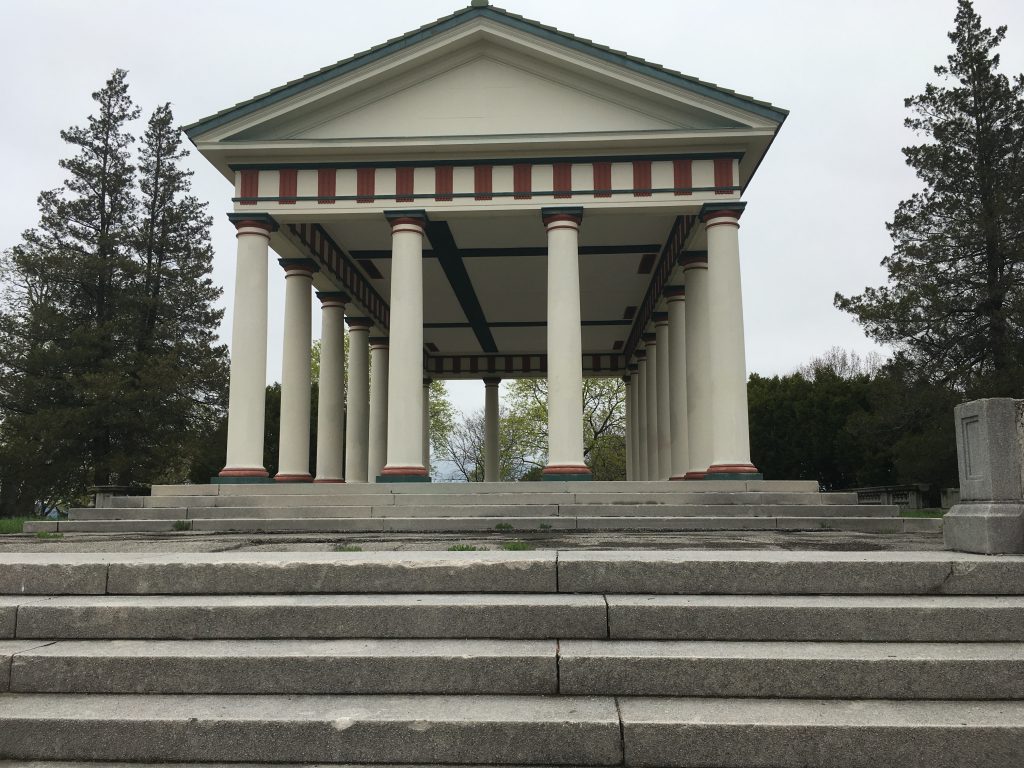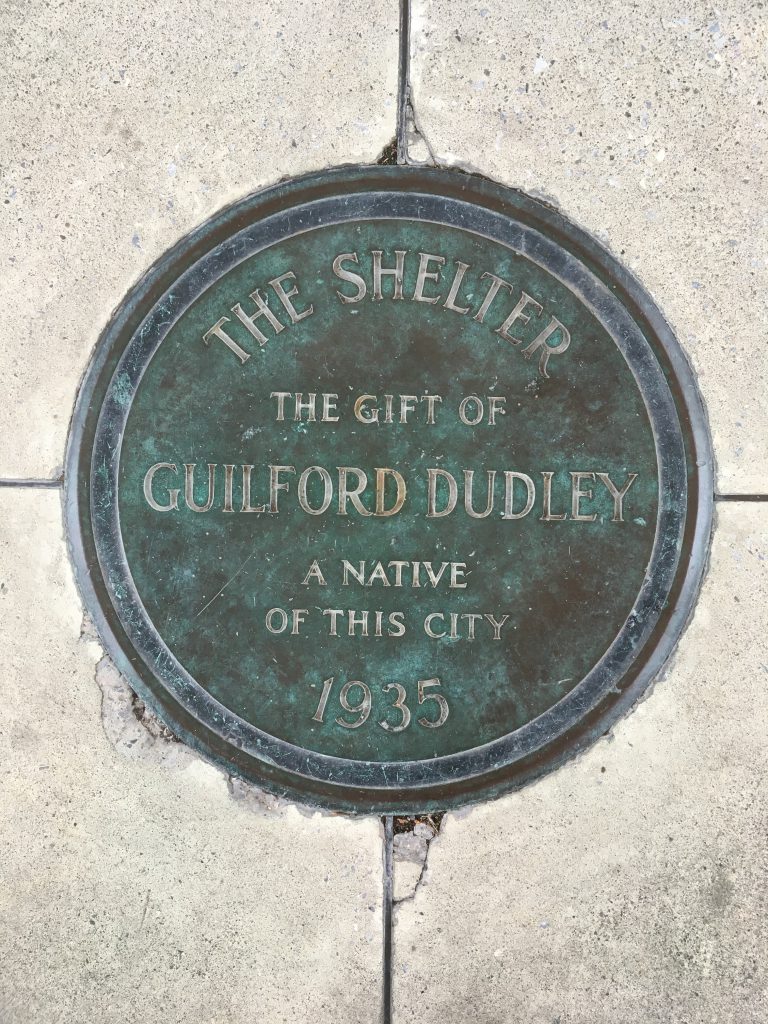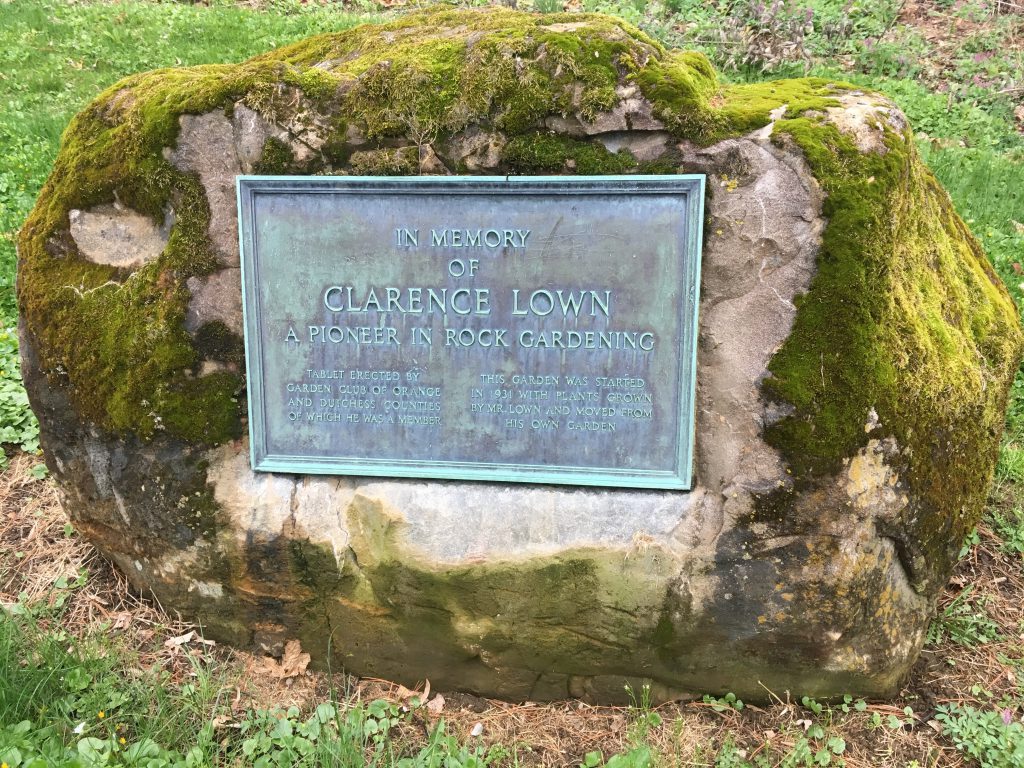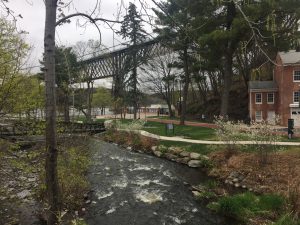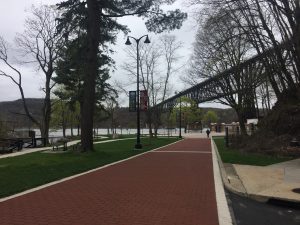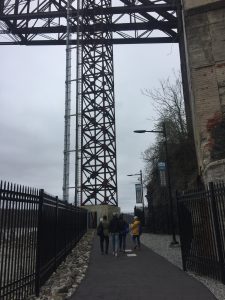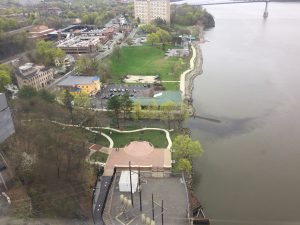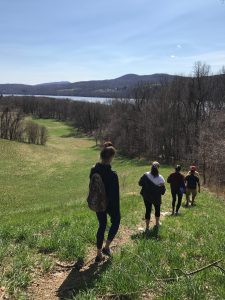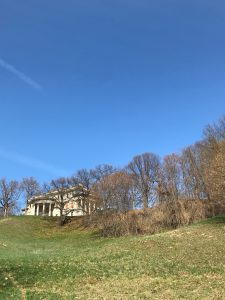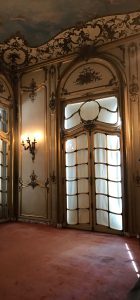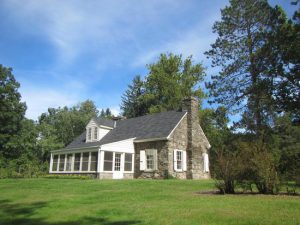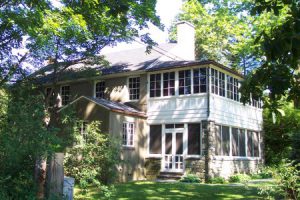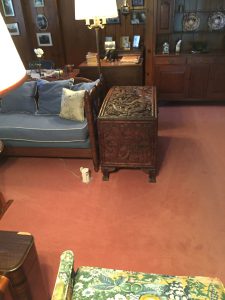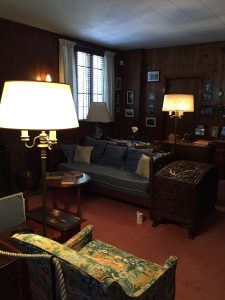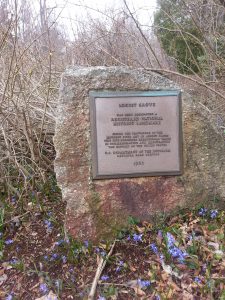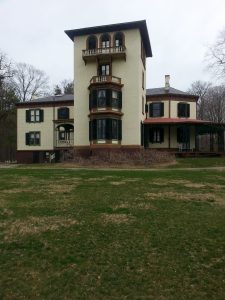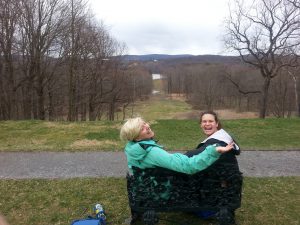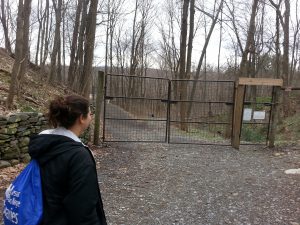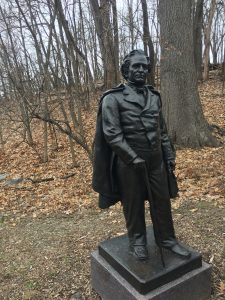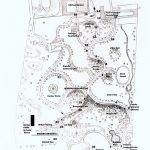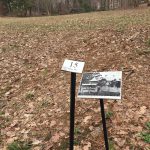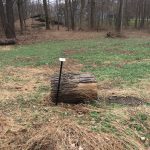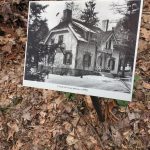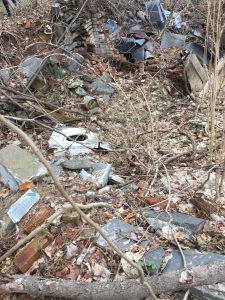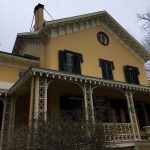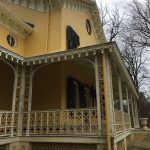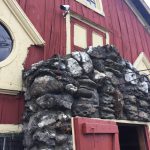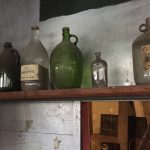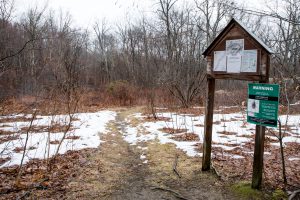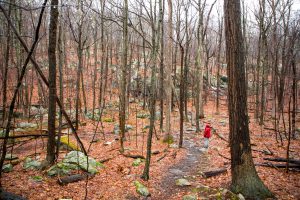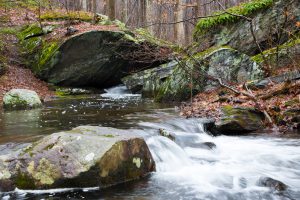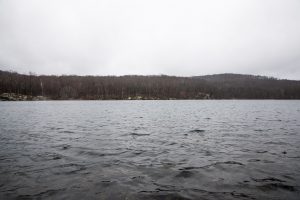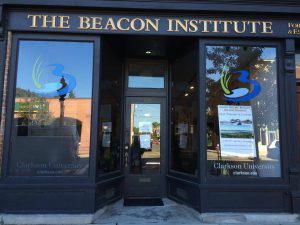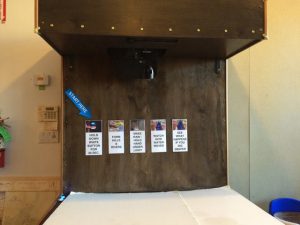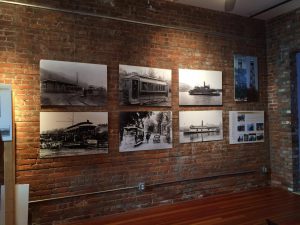Welcome to Wilderstein historic site, located at 330 Morton Rd, Rhinebeck, NY 12572. The site was purchased in 1852 by Thomas Suckley. He was a descendant of Beekman and Livingston families whose fortunes in export trade and real estate investments allowed Suckley to make the purchase. Suckley and his wife Catherine Murray-Bowne wanted a building rich with natural features. The viewshed of the Hudson River from the property made this site perfect. Suckley named the property “Wilderstein” or wild man’s stone.
The original Italianate villa designed by John Warren Ritch was remodeled and enlarged in 1888 by Thomas’s son Robert Bowne Suckley and his wife, Elizabeth Philips Montgomery. Poughkeepsie architect Arnout Cannon was hired to transform the two-story villa into an elaborate Queen Anne style country house. The structure now soared upward with the addition of a third floor, multi-gabled attic and a dramatic five-story circular tower with a commanding view of the surrounding landscape. The fanciful, asymmetrical skyline of the house was enhanced by the addition of an imposing porte-cochere and an expansive verandah.
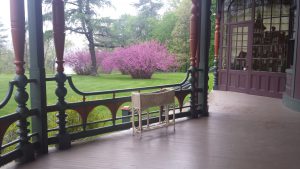
The fashionably appointed interiors were designed by the New York City decorator, Joseph Burr Tiffany. With the ground floor rooms executed in contrasting historic revival and aesthetic movement styles, the interiors at Wilderstein offer a splendid microcosm of the decorative arts during this period of American design. The self-conscious opulence of the newly remodeled Wilderstein was complimented by the Picturesque Landscape design of Calvert Vaux who laid out the grounds at Wilderstein according to the principles of American Romantic Landscape style.
The last resident of Wilderstein was Margaret Suckley. She was known for being extremely close to Franklin Delano Roosevelt and was with him when he died, in 1945. Margaret would go on to live in Wilderstein till 1991. Other several generations, the Suckley family has amassed tons of personal items that are on display in the home.
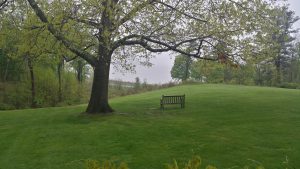
Hudson River viewshed
The Wilderstein Historic Site is made up of 40 acres, originally designed by landscape architect Calvert Vaux. The grounds are open year-round every day from 9 am until 4 pm. There is no charge to walk the grounds or its trails.
Posted in Uncategorized | No Comments »
